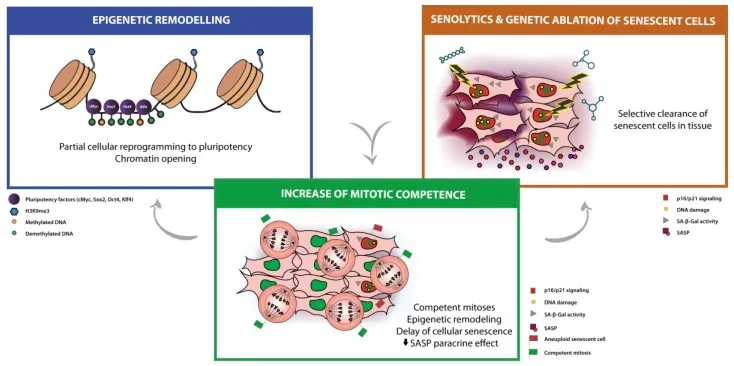An Elixir Of Life That Is The Best In Life Extension Therapies
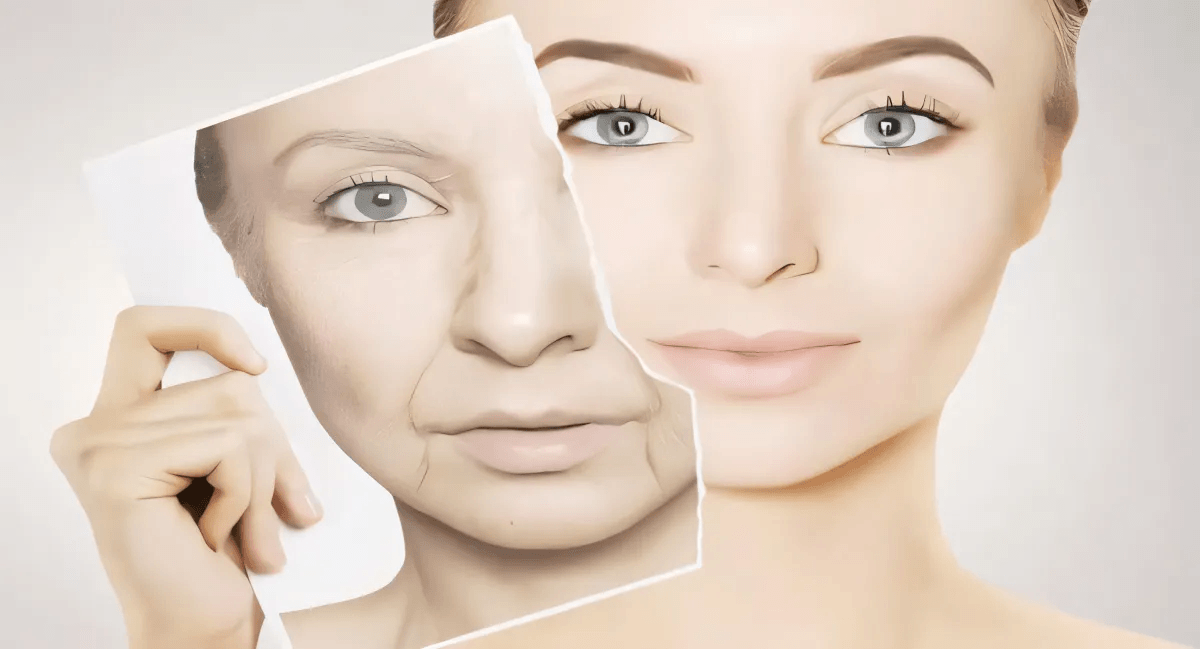
There will be many options in what elixir of life to choose from. Biotech rejuvenation, gene and stem cell therapy, and Senolytic drug therapies are innovating the future of healthcare. Are we ready to open the door to the near future of better health?
The option to one day Live longer while looking younger is what is driving many biotech and gene startups of this decade. The competition to bring it all to market is increasing with each innovative therapy. Much of cell and gene therapy research goes towards future rejuvenation treatments.
CRISPR is a popular gene therapy that has improved in recent years. The exact delivery of proteins to faulty gene codings has a better method than previous ones. According to research at the University of Copenhagen, Crisprs new Cas13 enzyme helps target problems at the molecular level.
It is an improved therapy that can find the precise location of faulty cells while targeting RNA molecules. Researching genes at the RNA level creates the best for future precision medicines many will benefit from.
Gene editing rids the body of mutations and decreases the future likelihood of disease. Dysfunctional genes are best targeted this way to eliminate all sorts of diseases along with cancer.
Snipping out mutations will aid against future diseases as well while restoring health to normal. Eliminating morbidity that comes with age also slows the process of aging. How soon this will happen depends on funding and research, and how clinical trials are going.
Renewing our cells to reverse damages of diseases and the build-up of senescent cells will restore our bodies back to a youthful state. Scientific methods to accomplish this are through synolytic compounds, gene therapy, and biotech rejuvenation methods.
According to Therapeutic Research, and the National Institute Of Health the use of Senolytics and other therapeutics will eventually help us rejuvenate and restore our genome. The genome contains our genes and DNA which keeps our bodies working at their best.
As we age, genome instability increases the likelihood of diseases. Faulty chemical reactions of base-pair sequences within DNA are more prevalent with age and accumulation of damage.
Repair proteins usually work well when we are in our prime but drastically go down the older we get. Gene therapies and stem cells will help reprogram what drives the malfunctions and flush out much of the cause.
Advanced age brings more disease so ridding the body of it will prolong its lifespan. Tiny molecule synolytics are another therapeutic that will drive out the accumulation of damaged cells.
I remember my grandfather's struggle with his heart and how it was giving out after his heart attack. It led to the tearing of his aortic wall causing a major aneurysm. Therapeutic approaches to restore his heart would have prolonged his life long enough to see me grow up. The idea that heart regeneration will one day be part of personalized medicine would have blown his mind.
The Mayo Clinic has a big vision for its cardiac regeneration program and working to develop therapies for the general public. I look forward to seeing how senolytics can alleviate the symptoms of all cardiovascular diseases, and create preventative medicines.
I think it is important to avoid the accumulation of vascular aging with these medicinal compounds to prevent more serious conditions. By applying this to medicines those I care about and others can help heal the causes of heart diseases before they worsen.
I believe that with these new therapeutics comes a better quality of life and authenticity. The toxicity of ageism should leave society as we live longer and healthier lives so that my life, my family, and others can have a more abundant one.
Fewer judgments will circulate for those who change careers while older because age won't be an issue. How can you make an issue of something that won't exist the same way?
I look forward to how cell therapies will contribute to more advanced medicines to enable us to live healthier and more productive lives. Nanomedicines are expected to come about from this and people like my mom will have more time to live their best life.
Nanotech has shown much promise in treating type 1 diabetes at Michigan State University's health program. Research there shows how extracellular vesicles combine with RNA Therapy to help regulate metabolism and insulin. My mom struggles with diabetes so knowing that capable nanomedicines are being engineered brings more hope to her life. We all want more time to do more and spend with family and these medicines will do that.
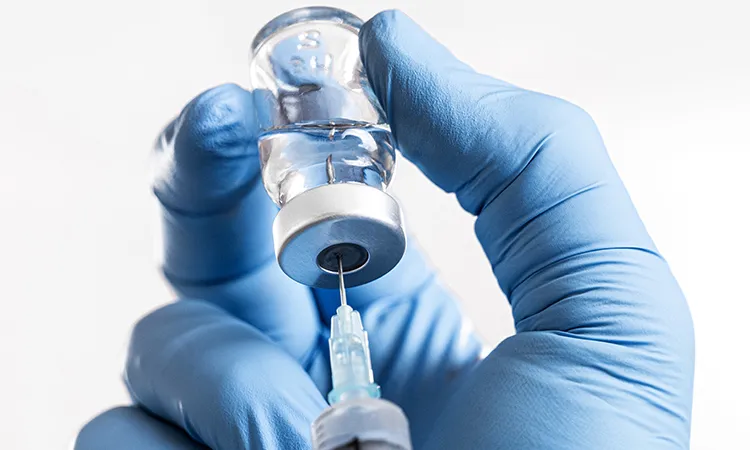
Since Health is the foundation of a productive, happy, and long life, we should focus on acquiring the best in medicines. At age 22 many of us are expected to decide what we want to do with the rest of our life. Graduation is here and the major we chose at 18 usually determines the trajectory of our path. You may need more time and with a healthier and longer life, there is more time to decide.
Gene and stem cell therapies will lead to more advanced medicines, and some include nanomedicines with advanced longevity methods. Medical futurists are keen to help us revert to the best health possible with these new therapeutics.
We currently have first-generation synolytic drugs already developed in the lab and on the market. Unity Biotech is the biggest of many startups and is already developing these drugs. These will aid in the removal of zombie cells, which inflame other healthy cells around them.
2020 had trending news on stem cell treatments when celebrities took to social media and shared how it's restored their bodies and enabled movement where they once couldn't.
Progencell and other stem cell clinics have treated celebs in recent years and allowed recovery from pain and degenerative conditions. That same year Madonna even shared on Instagram how this regenerative therapy restored her injured knee.
MikeTyson, age 53, says it has helped him rejuvenate his strength and get into great shape again. Changing his diet was also part of his new routine as well so he can live his best life. He even fought in a boxing event recently with another famous boxer known as Roy Jones Jr.
Another amazing story of renewed health is one of actress Selma Blair. when she underwent stem cell therapy for her MS. Her battle with MS went into remission after 3 years and spoke positively about her life since her treatment.

According to People magazine, she stated that she is doing better and said: "My prognosis is great, Stem cell put me in remission. It took me about a year after stem cells for the inflammation and lesions to go down."
celebrities show us that we can overcome and are never too old to go after our dreams. Gene therapy research on mice shows how removing senescent cells reduces the destruction of senescence. Because of the work of gene therapy, there is now a strategy to combat at the molecular level with senolytics.
High levels of senescence cause disease, cancer, and aging. When senescence-associated secretory phenotype (SASP) secretes out of zombie cells, senescence worsens. With The influence of inflamed secretion of zombie cells gone, disease and aging are slowed.
Who wouldn't be excited about precision medicines against disease, old age, and obesity? Research on cancer and its growth from tumorigenesis is proving to be helpful as well.
Removing SASP is an important process for scientists and the sooner the better. This chemical reaction is created in the body during a high state of stress senescence. This molecular reaction is often a dysfunctional molecular process secreted by very stressed senescent cells. What is this SASP and why is the removal of it important?
They are a mix of molecules secreted by senescent cells and often progress aging and cancer. These molecules are the result of a gene's expression not functioning in its usual healthy way and thus becomes damaged.
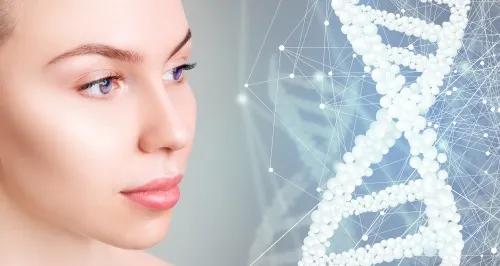
According to the PMC journal Research shows a pro carcinogenic reaction to SASP inflammation. Senescence has different levels and when at its worse can cause cancer.
Cancer is a complicated and ongoing process but research shows that the longer senescence dwells in the body, the higher the chances of cancer. The removal of mutated cellular responses shows hope in the fight against cancer.
Removal will also slow down aging processes as well. The study of gene dysfunctions by lab scientists has led to the creation of molecular senolytic therapies to heal quicker at the cell level.
Research shows senescence is a big factor of aging which progresses into age-related diseases. Lab studies on Senescent cells have shown scientists major factors of aging and disease. The study of genes and therapies conducted on mutated cells are also working to create precision medicines through lab research.
New therapies and anti-aging medicines are proving to be more successful in labs each year. Phase 3 trials can hopefully move these new drugs to the market in this decade.

Restoring mutations in genes from disorders in the base pairs has helped scientists cure at the cellular level. Finishing the genome project was a long and great one that lasted many years and ended in 2003.
Since then, Advances in gene sequencing have shown that preventative medicines will allow us to individualize our healthcare. Medicines will cater to our personal needs because they will be made in the lab to better repair mutated genes.
The great genome project took 15 years and scientists continued to perfect the sequencing today. It was a tedious process involving the sequencing of 3 billion base pairs and thousands of chemical processes. A great mapping of the genome was expected to take a long time with a full analysis of its makeup. This allowed better sequencing of genes so that the coding can be restored.
Genome testing at medical clinics will better the diagnoses and grant the best treatments for diseases. According to The International Consortium for Personalized Medicine, precision medicines for degenerative diseases and preventative care should take off by 2030.
Here is a video on how biotechnologies will one day greatly improve health problems and even reverse the aging process. Our current everyday diagnosis tests can miss underlying problems at first, so the sooner it is addressed the better. New gene and nanotech technologies will also improve heredity illness as well thanks to rapid DNA sequencing.
New precision medicines will radically change the health care system and move it in a more positive direction. While therapies cure age-related diseases, stalling or reversing age will come with it. There are Biotech companies who are pushing precision medicine sooner too as well, and one, Bioviva, has already established a rejuvenation clinic in Fiji.
while many therapeutic companies won't take off until 2030, others are already starting their therapies and advancing more quickly. Liz Parrish of Bioviva is one of them working to end degenerative and age-related diseases, and her work is starting to help people.
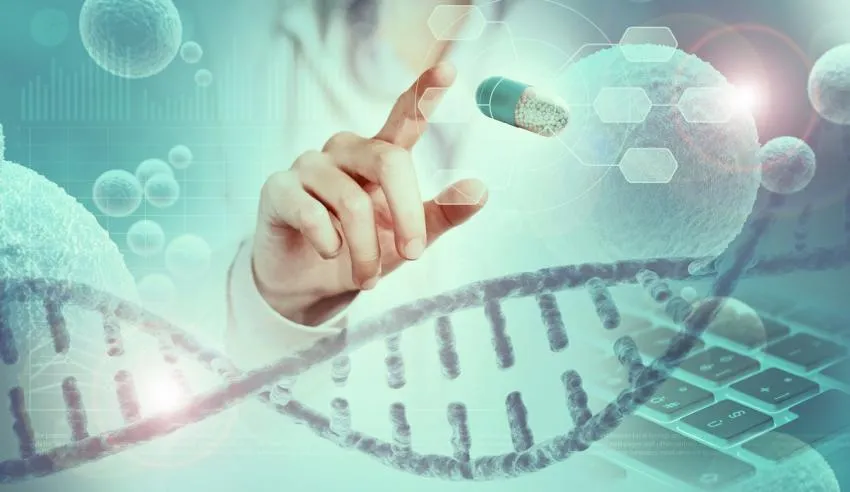
How will gene and stem cell therapies better our lives? These have major potential in curing and treating diseases. Some, for now, are more effective and curable than others according to the FDA.
Gene therapy medications called Kymriah and Luxterna were already approved back in 2017. Others have been approved since then and will continue to, but at a slow rate because of needed clinical trials.
Using mice to establish a secure foundation in stem cell research has been very successful for both scientists and mice. Mice have had their youth restored, loss of hair grow back, and degenerative age-related diseases reversed. Research at North Western University is one such place that regrew lost hair.
Scientists couldn't be happier because one day all their work will help to create stem cell therapeutics for many afflictions. Regenerative medicines will replace the usual drugs and treat a variety of diseases.
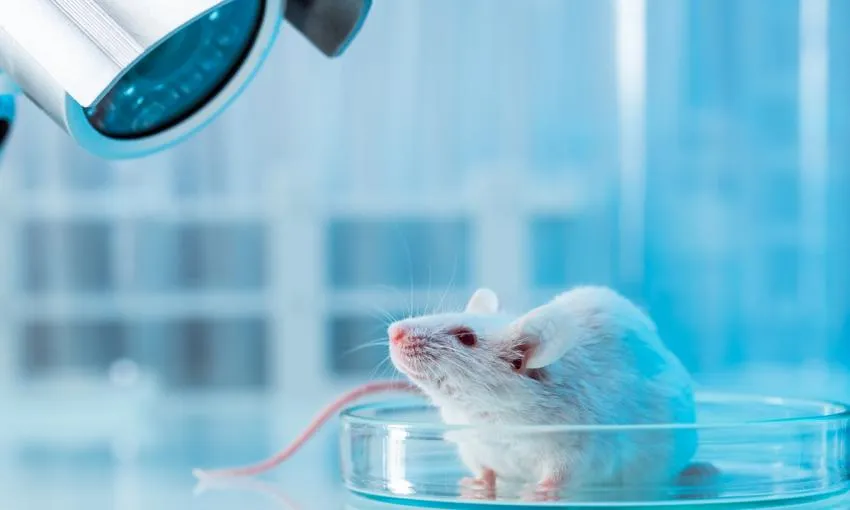
Knowledge is always increasing and in 2020 Doctor Sinclair and his research team partially reset the epigenetic programming of middle-aged mice. They did so by using Yamanaka factors in vivo, which also helped restore sight to that of young blind mice. In vivo is lab testing on a living animal instead of just in a petri dish. In this case, gene therapy was used to genetically re-engineer faulty genes.
He and his team at Harvard investigated gene expressions in the epigenome to better counteract the causes of aging. It was also to better understand how to reprogram an epigenome and then slow and reverse its dysregulation.
They developed a project called the Relocalization of Chromatin Modifiers to create a defense against DNA breaks. When proteins don't make it back from repairing themselves there are changes in gene expression and therefore changes in DNA that speeds up the aging process.
He and the team needed to know how to best slow and reverse the dysregulation of the epigenome, and transcription factors were used to regulate it and bind them to regular gene sequences.
Then it was given to older mice with glaucoma and much of their sight was restored as well. Yamanaka factors are also called transcription factors. these are proteins that bind to DNA sequences that turn certain gene expressions on or off. In this case, these proteins induced the creation of stem cell function to regenerate cells and reprogram an epigenome.
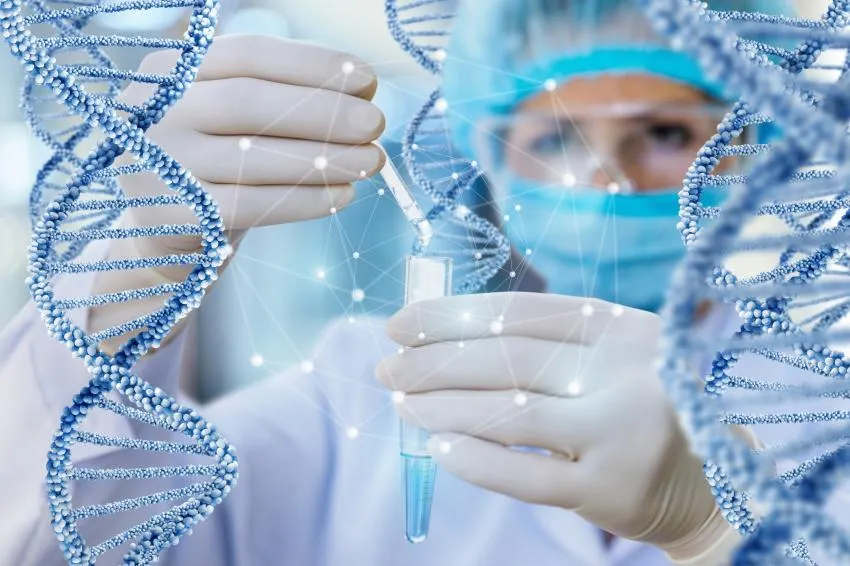
Glaucoma is a tricky disease and could come back once it is gone, so After treating the old mice, they also grew back axions that reach back into the brain, to prevent any of this disease from coming back.
The reason for the use of in vivo is so that the age of cells can be reversed in multicellular creatures such as mammals and humans safely. Otherwise, turning certain cells into stem cells could disrupt the proper function of organs.
Only 3 of the 4 Yamanaka factors were used to prevent any possible spread of cancer. A Virus was implemented abbreviated as AAV that carried the 3 factors which restored the youth of eyesight in the mice. Research is ongoing and still in the process of being perfect for humans.
Undergoing trials are still ongoing but it will be fascinating to see how they will advance over the years. What are these synolytic drugs and how do they work? Senolytics are a new kind of drug that will restore our cells to a younger state.
We have first-generation synolytics right now known as Dasatinib, Quercitin, Fisetin, and Navitoclax to clear out senescence. Dasatinib may also be used to fight cancer because it blocks the growth of enzymes that enables cancer growth.
Lab research shows combination therapy using Dasatinib helps disrupt the spread of cancer cells. Second-generation senolytic drugs are expected by 2030 and will further precision medicines.
Here are ways in which our standards of healthcare are expected to increase within the next decade:
1. Biomedical Informatics For Best In Gene Sequencing
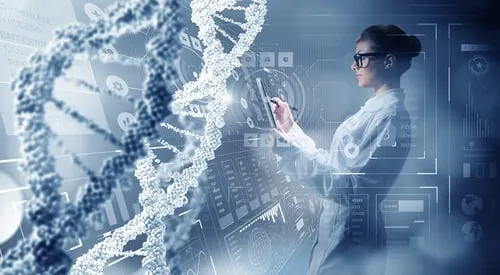
Using better lab informatics by 2025 will increase the availability of pharmacogenomics. Market research says it will reach 4.1 billion globally by that year with a 6.4% CAGR. Healthcare applications will go up with the use of machine learning tools and software.
Analysis of our DNA will be a quicker process and diagnosis will be tailored according to our genome. Specialty medicines will be given to individuals and better suited to that patient's genetic markers.
What this means is that after scanning our genes in the lab for mutations we will get preventative care against future diseases. Better drugs will also be created to treat current diseases such as heart disease, cancer, and many others.
2. Precision Medicines will increase Our Livelihood
Individual medical treatments mean doctors can halt the spread of cancer by analyzing any changes to the DNA. We each have different predispositions to how disease can spread. Having a telehealth tech follow up with a specialist can nip wasted time in the bud. The sooner illness is dealt with the sooner we can go back to a life well-lived.
You may walk into your clinic one day, do a gene sequencing scan, and then be told that you have a mutation most likely to form cancer. Your doctor may tell you not to worry because precision medicine can be made tailored to your genes' differences.
3. In Vivo Therapies To Rejuvenate Our bodies

While stem cell and gene therapies are just starting to be used on people in certain clinics around the world, in vivo therapies are expected to go up much by 2030. A CAGR increase of 31% is expected from 2020 to 2030.
After much growth in human clinical trials, it will then be approved to go on the market. Biotech and big pharma will collaborate to make therapeutics more suited to individuals and their genes.
Crispr will be collaborating with rejuvenation startups and pharmacies to create great precision medicines. Suppose your mom has severe knee pain because much of her ligaments are worn down.
She decides to go to a rejuvenation clinic where they take stem cells from your blood. It undergoes a process in their lab then reinserts into her knee. The results are not immediate but a month later much of the pain is gone.
Doctors emphasize that she should continue treatment so she does and now she can take her morning walks with you before work. After 3 treatments your mom is now in full recovery and the pain is all gone.
4. Monitor Your Health Better With Wearable Tech
The ability to proactively care for ourselves while out of the hospital can increase livelihood while improving the cost. It will be a while before this is widely used. According to grand view research, the CAGR of new medical devices will grow to 26.8%between 2021-2028.
Some creators for these devices are Omron healthcare Inc, Nokia corp, Alivecor, and Activinsights Ltd. Alivecor's kardia mobile EKG will save lives sooner by detecting any heart abnormalities like Tachycardia.
Your dad may be rushing one day to get somewhere and in the stress notices his heart rate spiked to an unsafe level. He decides to immediately take the day off and visit his physician. While there he finds out he had a pulmonary embolism and prevented a possible death.
Tech And Bio-Science
With the help of gene editing technologies, our lifespans will increase to 130 when made available. The generation that is now under 50 can expect this and may choose to live into the late one hundred as science improves. Many new health trends are expected to expand as genomics collaborates with pharmaceuticals for precision medicines.
A big cause of aging, senescence, is then attacked and cleared out of the body. In 2021 The Journal of The American Society of Plastic Surgeons even wrote about how new senotherapies will be used to treat aging skin from the inside out. Going to the root of the problem is a better approach to restoring annoying issues of aging or any other problem in life.

Senescence leads to many zombie cells just floating around throughout our bodies. This is more trouble than it is worth because major inflammation and destruction of healthy cells around get damaged.
These drugs will also clear out the zombie cells and the trouble it creates. According to NIH Research in 2019 scientists have come up with new techniques in their therapies for remodeling the epigenome.
The combination of reprogramming cells in gene therapies, clearing senescent cells, and increasing mitotic competence show much promise. The reason for the therapies is that these processes aid in restarting cell cycles to restore cells to a healthy state.
There was much done on Symposium Reports that explains the progress lab work has made in many medical universities in recent years. The reports include lab research at the Albert Einstein College of Medicine, University of Minnesota, Yale School Of Medicine, and many others.
With the onslaught of regenerative therapies, a big question we all want to know is can aging be cured? watch this video by Kurgesagt and get closer to understanding the fundamental causes of aging and what needs to be done.
We then need human clinical trials and more funding so that different therapies can be commercialized. Watch the next video to see how rejuvenation therapies are changing the future of healthcare.
We need to optimize healthspans in order to live longer while disease-free. Different treatments involve gene therapies, new drugs, and stem cell therapies. NAD coenzyme may become the first human anti-aging pill in the years to come. The president is Keith Comito of New York, is one of many biotech enthusiasts who care about bettering our healthcare system.

Another strong leader in rejuvenation is biomedical gerontologist Aubrey De Grey, founder of the SENS Foundation. He is the author of Ending Aging, as well as nine other books, and a strong influence in radical life extension.
Transhumanists are also saying that new medical advances will help those now middle-aged look forward to a healthy old age. See what the chairman of The Transhumanist Party said just a few years ago, on the differences of opinions he had with chairman Emanuel on aging.
His outlook on age 75 will not be the same for others with new rejuvenation methods on the way. Maybe you are asking what exactly is transhumanism? Here is how the World Transhumanist Association explains its main goals:
"Humanity stands to be profoundly affected by science and technology in the future. We envision the possibility of broadening human potential by overcoming aging, cognitive shortcomings, involuntary suffering, and our confinement to planet earth."
zombie cells also known as senescent cells no longer divide because too many cells that no longer divide has accumulated over the years. Apoptosis seems to be naturally programmed within cells to one day die but senolytics can help clear this out and reprogram us.
These drugs help to clear out the build-up of old cells that interfere with the way normal cells regularly function. Research at the SENS Foundation has shown the results of important results done on their mice. Although this helps to restore our bodies, it does not mean immortality.
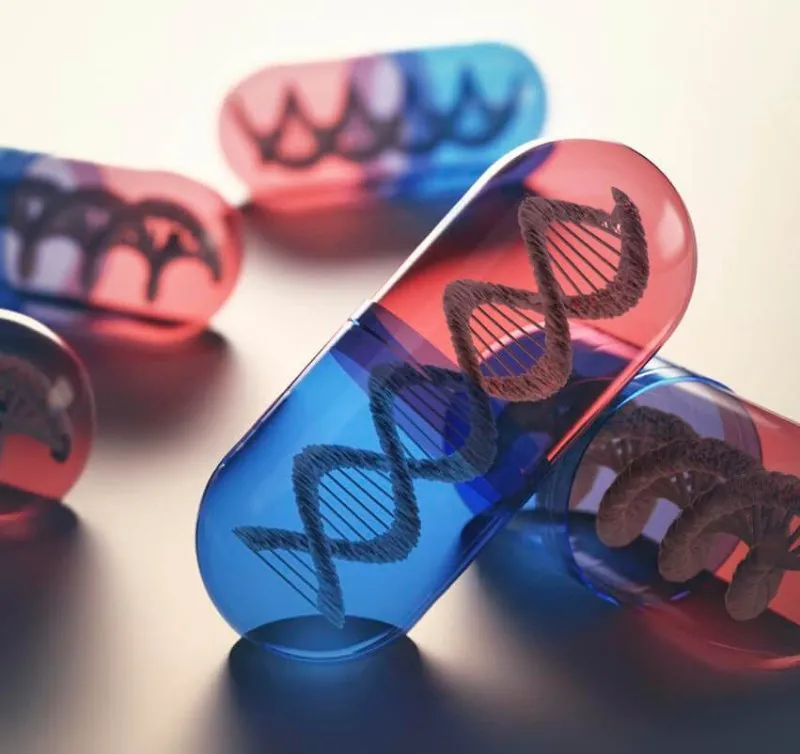
It is a way to keep ourselves younger and healthier but it does not mean that age won't still catch up with us, and we are not able to die of illnesses. There would have to be indefinite use of life extension of synolytic drugs, or rejuvenation therapies so that those taking them to remain as healthy as a typical young adult.
Advancing society is a strong goal of futurists, and each year it gains momentum as many innovations of the 4th industrial revolution become a bigger part of society.
What will our world look like when life spans suddenly increase to 200 years and most people no longer retire right away? There will be a major increase in the population so it makes sense that many more apartments will rise as more and more will live in them. Many amazing smart cities with high-rise structures, will come about with smarter solutions than our older communities had.
Less traffic on the roads will come about because flying cars are now a big part of air traffic. Futurists are saying it will look like a much more productive one when people can continually reinvent themselves every few decades as they keep contributing to an even more productive society.
Youth Enhancing Solutions
An anti-aging vaccine to remove senescent cells looks to be a top agenda for japan scientists now. It is a peptide-based solution for the replacement of proteins that go missing during aging. With new research done on this new therapy, novel medications are to be designed for longer lives.
It goes to work in ridding senescent cells which in turn wards against age-related diseases. What does this mean for the new generation of 60- 70-year-olds? Diseases from old age will be less prevalent and will live healthier lifestyles. the removal of senescent cells means removing major signs of aging they will no longer have wrinkly and sagging skin.
Those with natural gene variations already live longer so studies on these genes help science further as well. New therapies may even have an even bigger impact on our lifespans to extend them further.
Women will wait longer to have babies with extended lifespans from new rejuvenation methods. Gene therapy will be able to help in reversing the aging process in their eggs. The University of Queensland has even created a unique method when their scientists used a NAD-increasing therapy to be taken orally.
Increasing egg count and reversing any loss from aging is in the future of medicine. What will be considered retirement age and what kind of health insurance will emerge?
In a new Netflix movie, a 30-year-old finds the challenges of being overworked and hating her job overwhelming. So many of us look back and wish we could change the past and relive a time that meant so much.
Suppose one day, in the future, those wishing to relive a time in their life will be able to walk into a biotech company and revert back to the age they most miss. I don't doubt some might play with the idea of being a teenager again but still is not possible.
Most people would likely say they would like to be in their twenties again because it is a fun time while also at the peak of health. New and exciting experiences happen while figuring out where we belong.
Movies have even emphasized how we all look back and wish we could redo a certain time in our lives. The mind is done growing by age 30 but it is also at its peak in the early twenties. The mind is said to have fluid intelligence in our early twenties and can spark genius.
What if others chose to go back to age twenty-one? Then they may shop at forever 21 and take it literally. What if many chose to go back and redo a certain time in their life?
Many of us would be so much better prepared by the time we entered the world of work again. This time perhaps we would pick a dream job but know how to excel the best at it too. At what age would they allow age reversal? It should be less of a process to genetically edit a young adult than an older one. Suppose a twenty-year-old would like to be 15 again?

That may seem pretty silly when you are still in the prime of your life, but there are things you may want to do that you can't do as well anymore. Suppose you are an athlete and you can't run as fast as those just 10 years younger?
So many Olympic athletes start at a very young age and some are as young as 3 or 4. That is why they win their gold medals at only 15 or 16 years old. They put their all into their sport and some still play into their mid-thirties because that is where their passion lies.
Add to this mix of extreme sports and passion with a positive attitude, and you will add to the longevity of your life. That goes without saying a much better quality of life. Here is some research at University College London on how you are as young as you look and feel.
A study was conducted on older adults who felt younger than their actual ages. There were great results that showed feeling younger with a positive and youthful outlook on life improves lifespan. After 8 years of the initial study, 86% of these older adults were still alive.
The singer Frank Sinatra even sang an uplifting song once called Young At Heart. Attitude can hold back the years as well so here's to getting a head start:
"And if you should survive to a hundred and five look at all you'll derive out of being alive and here is the best part you have a head start if you are among the very young at heart."
Having a high level of HGH pumping through Olympic athletes after years of exercise is a great way to help them further themselves as young adults. They stay younger than they would otherwise would if they started while older. It is also a big perk of being able to stay fit throughout your life.
Even those who are in their forties and exercise all the time will produce as much HGH as those in their twenties. There is proof that exercising will lead to a healthier and more abundant life.
What if they want to try the private school route this time around? What laws will determine who and when people can start the process of going back to another age?
There has been much growth over the past seventeen years on the topic of age reversal, and the methods of the medical community have proven very effective. Stem cell therapies have proven helpful in the regeneration of cells and have proven a popular choice for scientists when used on mice.
Harvard medical research is contributing greatly to future therapeutics that will one-day cure blindness for humans because of the studies performed on mice.
Gene therapies really will be able to regenerate any kind of cell for whatever part of the body others wish to replace, when it is available for humans shortly. Check out this NIH Research as well on reversing the clock and restoring vision.
Medical researchers at Harvard raised the level of NAD+ of mice in a lab, which aided in restoring any aging dysfunctions at the molecular level in mice. As they perfected their research, old mice the equivalent age of a human 60-year-old were restored to that of a 20-year-old. This process is much more complicated in our more advanced biology and it will not happen overnight for us.
Harvard Scientists have proven in their lab research that yes, age reversal is possible, and will eventually be here for us too. The advent of using Gene therapies and Rejuvenation Biotechnologies is expected sometime in the 2020s.
According to futurists like Gray Scott and Dr. Aubrey de Grey, the Commercialization of this is a long process and it will start out expensive just like any other industrial revolution this world has had.
Funding and FDA approval are a big factor in being able to start commercializing, but CEO Liz Parrish has partnered up with different companies so we will all one day afford it.
Her partnerships with IHS and PROBE are helping to produce greater advancements in therapies and to make them available sooner than later. In this next video, gene therapy rejuvenation is discussed offers much hope in rejuvenation. The issue of regenerating eggs is brought up as well in research done on mice.
NMN enzymes are were used in the lab to regenerate eggs the mice's ability to reproduce went up as well. Ms. Parrish offers hope in treating diseases such as Dementia and others prevalent in those over 65.
She is also working with them to readily make it cheaper as well. Walk into a happier time for health and listen to Ms. Parrish explain the great rejuvenation therapies that are coming.
Insurance companies will eventually be working with pharmaceuticals in making new drugs that will help our bodies regenerate and repair. There are all different ways to help preserve our bodies and awareness is the key to opening any door of knowledge. Take a look at the article Trends in Biotech and how it explains the different techniques of therapeutics.
Here is another video on slowing the process of aging to live a longer and more productive life. Professor Sinclair talks about ways to live longer and healthier and how to reset the genome.
Many support the research on slowing aging while others are concerned they may get horrible diseases the older they get. Diseases can be forstalled while extending a healthy lifespan.
The Sinclair lab even extended the life span of mice and reversed aging in their retina. Reprogramming factors reset cells and turned off parts of them so that it does not revert too far. These mice also went from age two to two months old making this a marvelous time for science.

